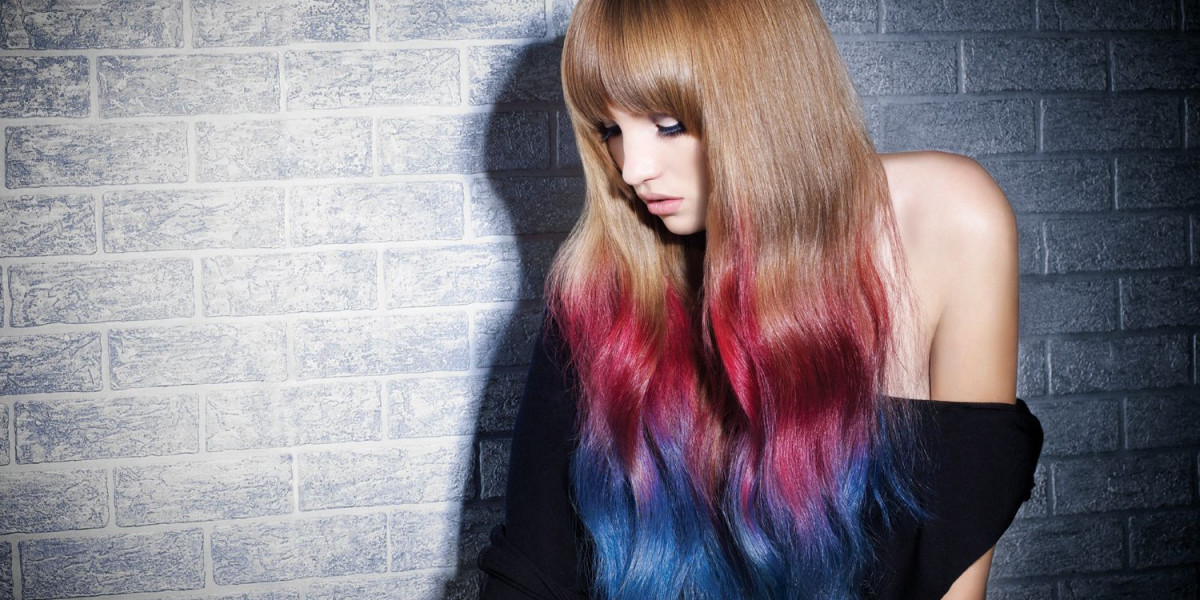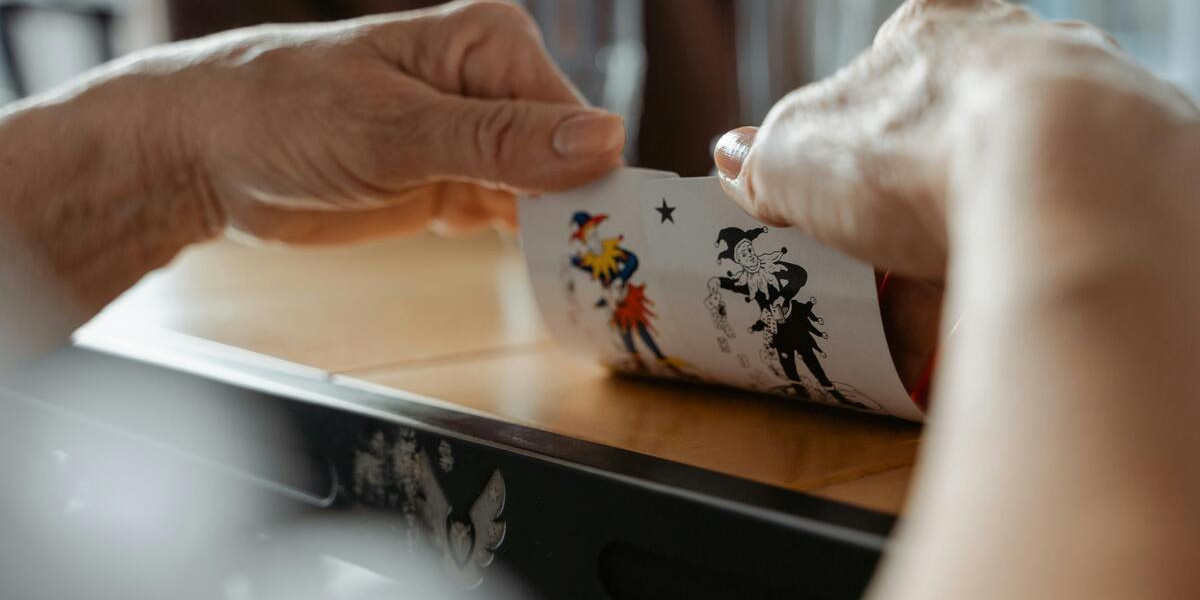The global hair colour market has witnessed significant growth in the past decade, driven by changing fashion trends, increasing disposable incomes, and growing awareness about personal grooming. However, despite this robust expansion, the market faces several persistent and emerging challenges that could hinder its continued growth trajectory.
One of the primary challenges is increasing health and safety concerns. Many consumers have grown wary of chemical-based hair dyes, which often contain ingredients like ammonia, parabens, and PPD (paraphenylenediamine). These chemicals can cause allergic reactions, skin irritation, and even long-term health complications in sensitive individuals. As a result, consumers are demanding safer, organic, and natural alternatives, which are costlier to manufacture and have shorter shelf lives. This shift has compelled companies to invest in research and development for cleaner formulations, increasing production costs and lengthening time to market.
Another major challenge is regulatory compliance across different markets. Regulatory standards for cosmetics vary widely by country, making it difficult for companies to scale globally with a unified product. For instance, ingredients permissible in the U.S. may be restricted or banned in the European Union or Asia-Pacific regions. This necessitates frequent reformulations, relabeling, and documentation, which adds to compliance costs and delays product launches. Additionally, evolving environmental regulations related to packaging and chemical disposal further complicate operations for manufacturers.
The growing demand for customized and DIY solutions also poses a hurdle. While personalization is a growing trend in the beauty industry, it creates logistical challenges in manufacturing and distribution. Custom hair colour kits require more SKUs, greater inventory management, and innovative packaging solutions. Similarly, the rising popularity of at-home colouring kits during the COVID-19 pandemic has persisted, forcing professional salons to adapt their business models or risk declining revenues. Salon-grade products, which often drive higher profit margins for companies, are now facing strong competition from home-use products.
Cultural and demographic differences present another obstacle in capturing market share globally. For example, while hair colouring may be a fashion statement in Western countries, it is often linked to age concealment in Asian cultures. Moreover, diverse hair textures and colour bases require different product formulations. Brands must conduct region-specific research to ensure product compatibility, which can be resource-intensive.
The fluctuating costs of raw materials are also a significant concern. Many ingredients used in hair dyes are petroleum-based or sourced from plants affected by climate variability. Disruptions in the global supply chain, exacerbated by geopolitical tensions and pandemics, have made it increasingly difficult to maintain steady production at competitive prices. Volatility in shipping costs and raw material availability further squeeze profit margins.
Another growing issue is intensifying competition and market saturation. Numerous established brands and new entrants are fighting for consumer attention, making it difficult for companies to maintain brand loyalty. Digital marketing costs have surged, and companies are under pressure to innovate continuously, both in product formulation and branding strategies, to stay relevant. This fierce competition also puts pressure on pricing, reducing margins and leading to a race-to-the-bottom strategy in some segments.
Consumer misinformation and unrealistic expectations are yet another obstacle. Many users expect hair colour products to deliver flawless results without considering their natural hair type, previous colour treatments, or application method. This often results in dissatisfaction, bad reviews, or frequent returns, harming brand reputation. Educating consumers while maintaining product appeal is a delicate balance that brands must navigate carefully.
Finally, environmental sustainability is becoming a decisive factor for consumers. The hair colour industry, traditionally reliant on plastic packaging and non-biodegradable ingredients, faces mounting pressure to adopt eco-friendly practices. Brands are now investing in sustainable packaging, refill stations, and biodegradable formulas. However, the transition to greener practices involves high upfront investment and may not provide immediate financial returns, posing a dilemma for cost-conscious companies.
In conclusion, while the hair colour market offers significant growth potential, companies must navigate a complex landscape filled with regulatory, economic, cultural, and environmental challenges. Overcoming these hurdles requires strategic innovation, sustainable practices, and an acute understanding of consumer preferences across diverse markets.
See More Details : https://www.pristinemarketinsights.com/hair-colour-market-report









